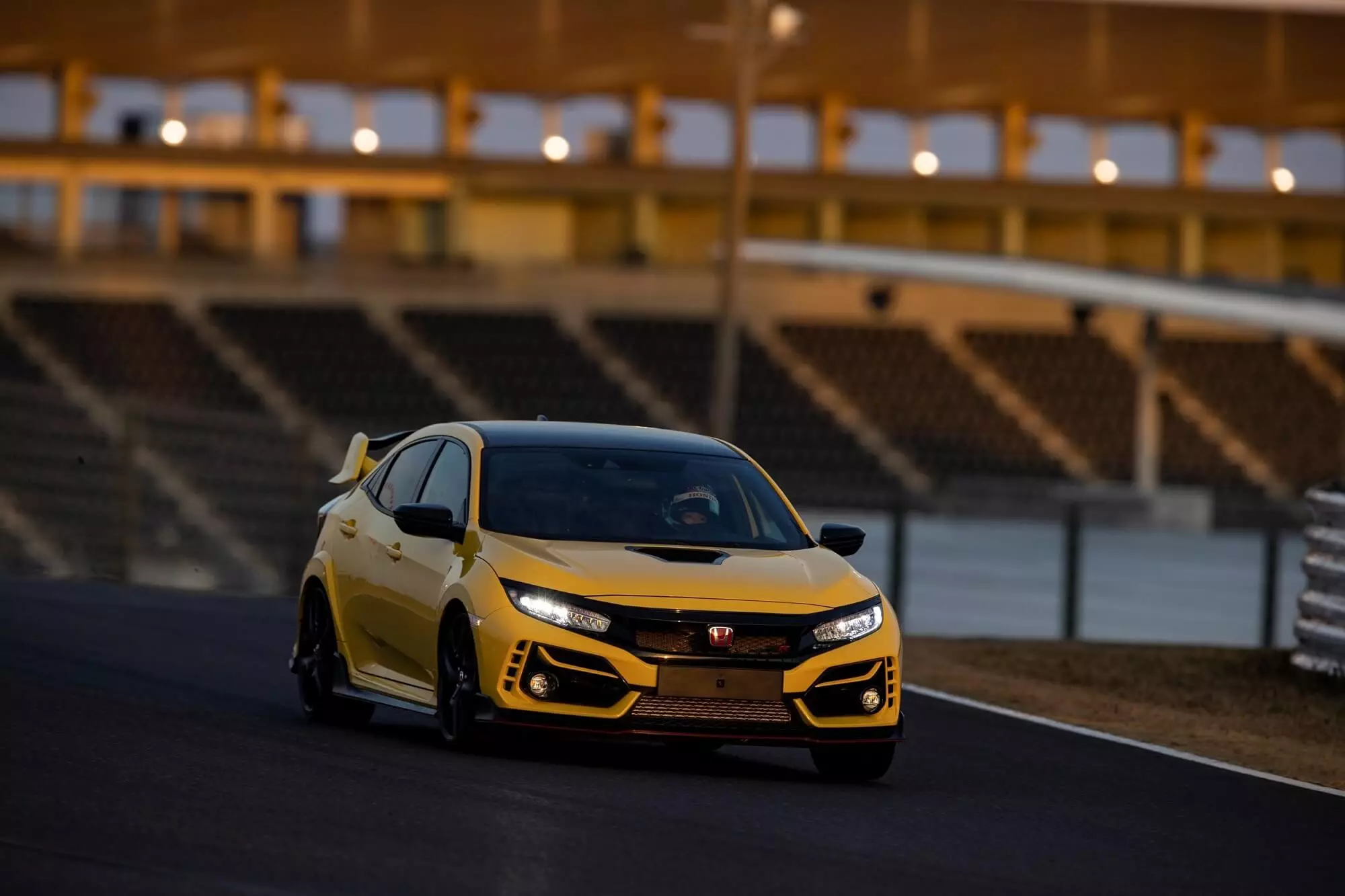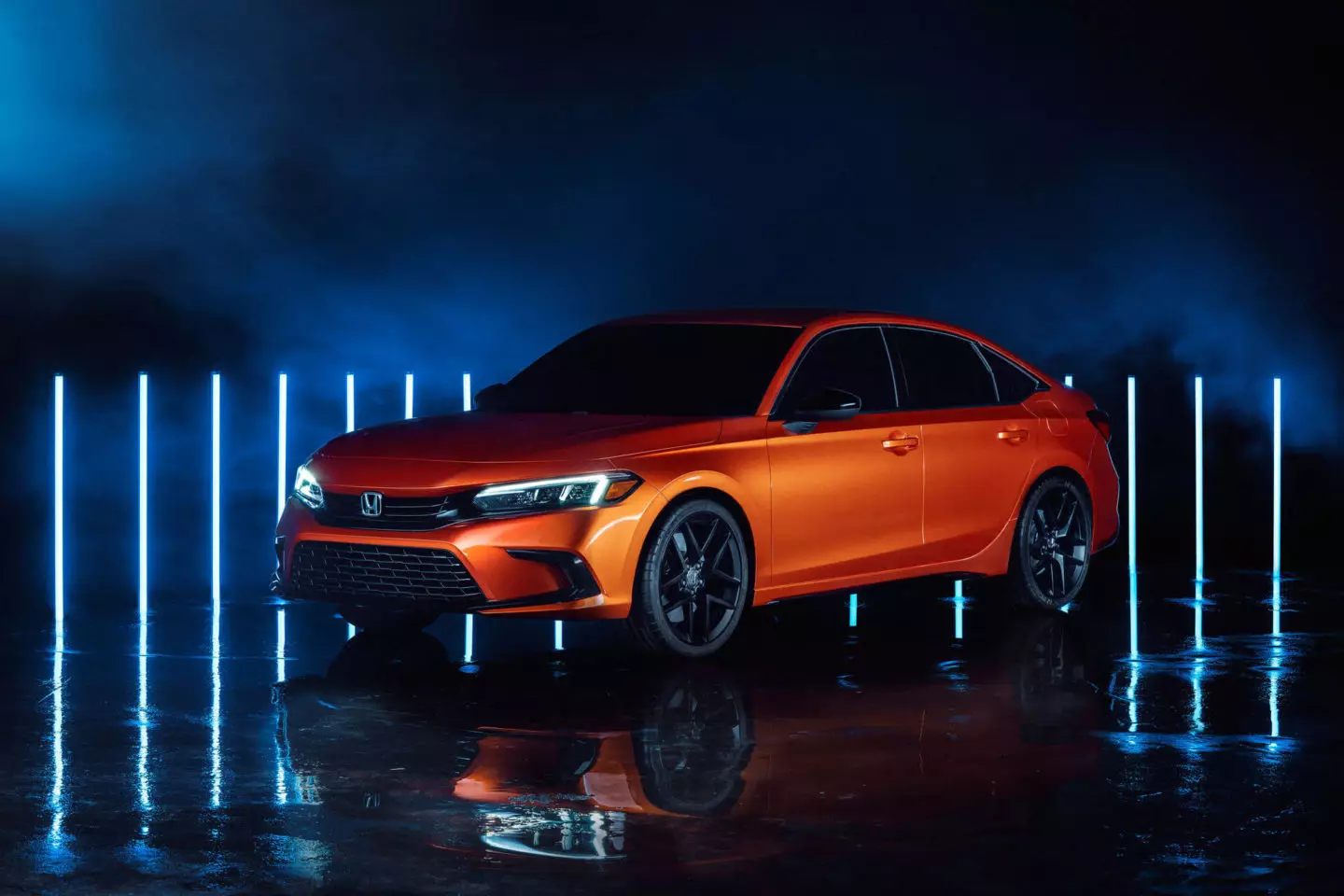After the rumors that the next Honda Civic Type R could follow the hybrid route — electrified rear axle, turning the hot hatch into a “monster” with four-wheel drive —, we can now definitively “file them”. The future Civic Type R, which arrives in 2022, will remain faithful, just and only, to combustion.
It will be the exception to the rule, or rather to the plans advanced by Honda in 2019, which promised to electrify its entire range by 2022, either through hybridization (CR-V and Jazz) or through the addition of electric vehicles (Honda e).
Instead, the 11th generation Honda Civic, anticipated by the Civic Prototype last November, in its regular versions should also follow the path of electrification, with hybrid engines, as seen in other models of the brand.

what's next
Now that we know the future Civic Type R won't be electrified, what can we expect from the latest generation of this purely combustion hot hatch?
Subscribe to our newsletter
Even being a new generation, the new Civic Type R is not expected to deviate from the recipe of the model we know. In other words, an all forward, with a six-speed manual transmission and also equipped with the K20C1, the in-line four-cylinder block with 2.0 l capacity and turbo. Some rumors speak of some additional horsepower to the current 320 hp, but Honda engineers' focus is more on boosting the engine's efficiency and response.
Not that the Civic Type R seems to need more power: it's still the most powerful in the segment when referring to the front-wheel drive hot hatch. In order to put all the engine's power effectively on the asphalt, the new model will inherit from the current one the same solutions in ground connections, which contribute so much to its efficiency and agility.

Honda Civic Prototype anticipated the 11th generation
At the front will remain dual axle suspension, a derivation of the well-known MacPherson scheme, but which separates the functions of steering and damping/traction — resulting in less torque effects on the steering (torque steer) —; while behind it will maintain a multi-arm scheme. The damping will also continue to be adaptive and will feature a self-locking differential to ensure maximum traction in all situations.
Looking at the camouflaged test prototypes out there, the look will also continue to be more exuberant than contained — even considering that the 11th generation will be visually more discreet — not missing the huge rear wing. In the latest update of the model we saw a visually more “shy” variant, the Sport Line, without a rear wing — it is likely that the new model also offers such a possibility.
The model's great innovations will not be, therefore, at the level of its cinematic chain or chassis — which still remain at the top of the segment — but rather, like the other Civics, at the level of design (exterior and interior), digitization, connectivity and active safety (driving assistants).
